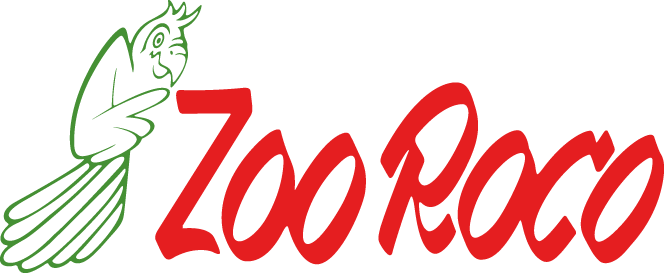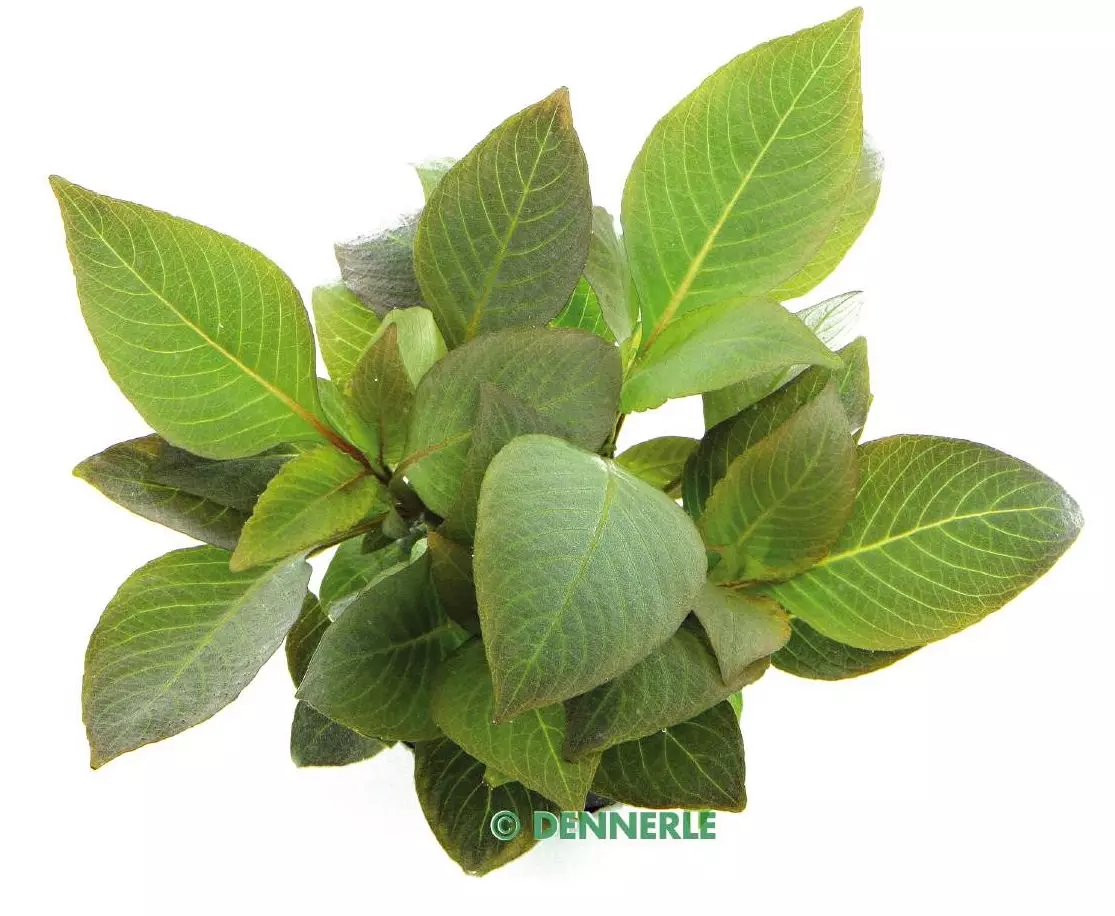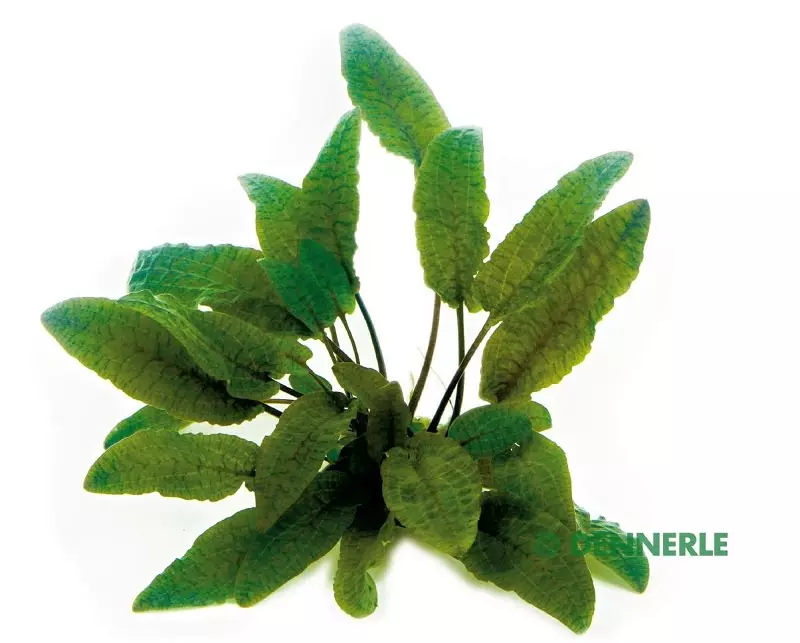

| Quantity | Unit price |
|---|---|
| To 4 |
CHF 8.90
|
| From 5 |
CHF 7.90
|
Stock: 0
Available in 1-3 days, acquisition time 14 days

Ceratopteris thalictroides
Feinblättriger Hornfarn - Sumatrafarn
| max. Wuchshöhe | - 50 cm | Herkunftsland | Nord-Australien, Südamerika, Südostasien |
|---|---|---|---|
| Eignung | Diskusaquarium, Gesellschaftsaquarium | Typ | Farn |
| Familie | Pteridaceae | Gattung | Ceratopteris |
| Vermehrung | Adventivpflanzen an den Blättern | Wuchsgeschwindigkeit | schnell |
| pH | 5 - 9 | Wasserhärte | 10 - 30 °dh |
| Pflegeleicht. Anfängerpflanze | |||
Der Sumatrafarn besitzt deutlich feinere Blätter als Ceratopteris cornuta. Diese Art kommt in vielen tropischen Ländern vor. Hier wächst sie meist im schlammigen Flachwasser, teilweise ist sie auch in Reisfeldern anzutreffen. Im Aquarium benötigt die grazile Farnpflanze genügend Platz, da sie doch sehr schnellwachsend ist. Bei einer mittleren Beleuchtungsstärke ist sie pflegeleicht und problemlos. Eine bewährte Anfängerpflanze für jeden Neueinsteiger in der Aquaristik.
| Aquarium: | Community aquarium |
|---|---|
| Feature: | In the background, Stem plants |
| Genus: | Make several |
| Growth: | fast |
| Origin: | Asia |
| Properties: | Stem plants |
| Stand: | In the background |
2 of 2 reviews
4.5 out of 5 stars
Login
10 October 2025 16:27
Très bien. Conforme à la description
Très bien. Conforme à la description
31 July 2023 11:19
Immer wieder gerne
alles Tip Top immer wieder gerne schneller Service gute Qualität herzlichen Dank
Customers also bought
Similar products
Customers also viewed























